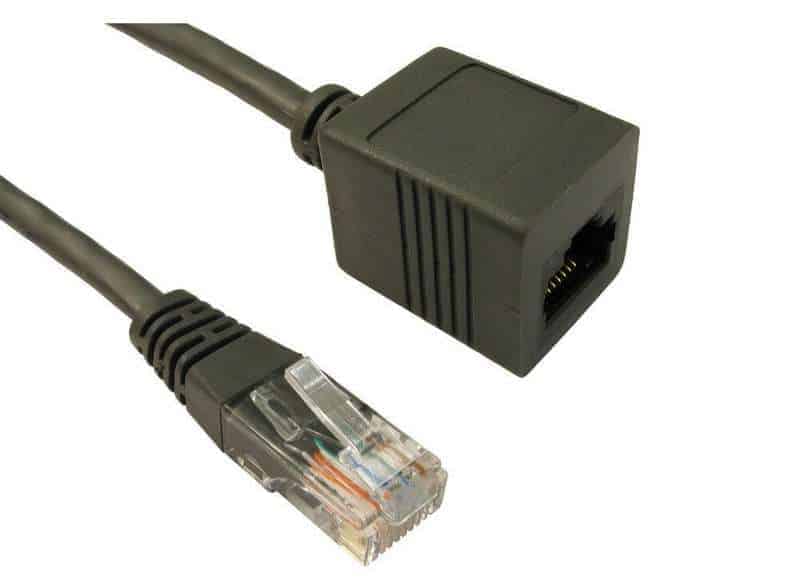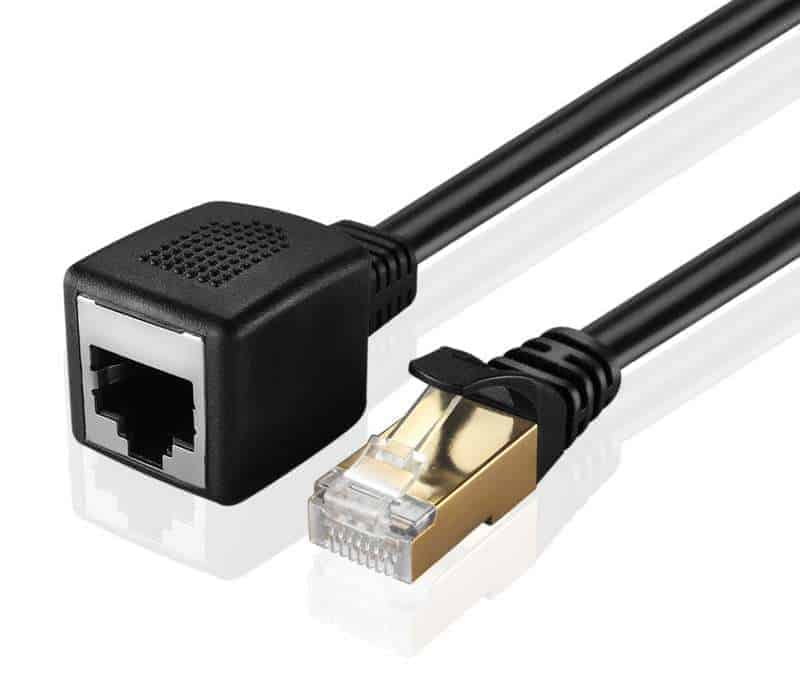Are you planning to extend your Ethernet connection? Although the wireless connection has taken over the world, some individuals prefer connecting to the internet with the assistance of an Ethernet cable.
Since this connection comes with limitations, users are expected to invest in a network extender for a better reach. These devices should be made from durable materials and comply with the necessary requirements. Nowadays, there are both residential and industrial ethernet extenders, delivering remarkable performance and reach.

The guide below will introduce you to the features, benefits, and instruction methods for using such a device.
What is an Ethernet cable?
The main role of Ethernet cables is to provide an internet connection to devices, such as computers, TVs, and routers. Although these resemble phone cables, the plug size, the number of wires and color are dissimilar. Ethernet cords are known to have larger plugs, eight wires instead of four, and a myriad of colors to be purchased in.
The network speed you plan to reach, as well as the type of device you plan to connect to the cord, is crucial in the choice of cable. The length of the cord affects speed transmission in an unfavorable manner.
Longer cords are believed to lead to frequent drops in speed, whereas the shorter ones are thought to provide better transmission. Consequently, Ethernet cables for residential use, which are no longer than a hundred meters, provide a faster internet connection than the models for industrial use.
In addition, network cords are limited in terms of distance capacity, referring to their maximal capacity to provide connection before there’s no signal. The largest distance that such a cable can cover is as many as seven hundred feet. Read more about the features of this networking technology.

What is an Ethernet expender?
Network extenders are special devices designed to improve the distance capacity of LAN cables through the employment of different transmission technologies. These devices use copper wire or fiber-optic transmission to expand a network beyond its capacity. Nevertheless, the latter type of transmission is thought to provide a much quicker information transfer.
When looking for a network extender, buyers are expected to select a device with a stable structure. The wiring should be either copper or plated with nickel to enable a successful transmission. The transfer speed is probably the most important feature of extenders, which is why individuals should look for the fastest rate possible.
As mentioned previously, the cord length plays a crucial role in transfer speed. In case you have no other alternative but to purchase a rather long cable, make sure you select a model made from superb material and solid shielding to minimize speed drops.
Ultimately, RoHS (Restriction of Hazardous Substances) compliance is another key factor to take into consideration when looking for a LAN extender. Always look for devices that are RoHS compliant so as to prevent corrosion when using the device in combination with the cord. Check out this link, https://en.wikipedia.org/wiki/Restriction_of_Hazardous_Substances_Directive, to learn more details about the RoHS.
Reasons to use a network extender
Ethernet extenders are believed to do miracles for individuals who cannot connect to a network in a remote location or those whose cable limitation prevents them from getting a network signal. These devices are an affordable yet effective solution for extending networks in both residential and industrial environments.
In addition, the industrial use of these devices has become quite extensive, given their ability to provide network infrastructure in both old and new facilities. Ethernet couplers provide a connection to the most challenging of locations, such as elevators and parking garages.
How to use it?
These couplers aren’t demanding when it comes to installation, requiring users to connect one end of the cord that comes with the device to the router while plugging the other one to the extender’s port.
Once the cord plugging is done, it’s essential for it to be connected to power. In the event of a successful connection, the lights on both the router and extender are supposed to be visible.
Final thoughts
When dealing with an Ethernet cable with limited networking range, purchase a high-quality coupler to extend the reach!





